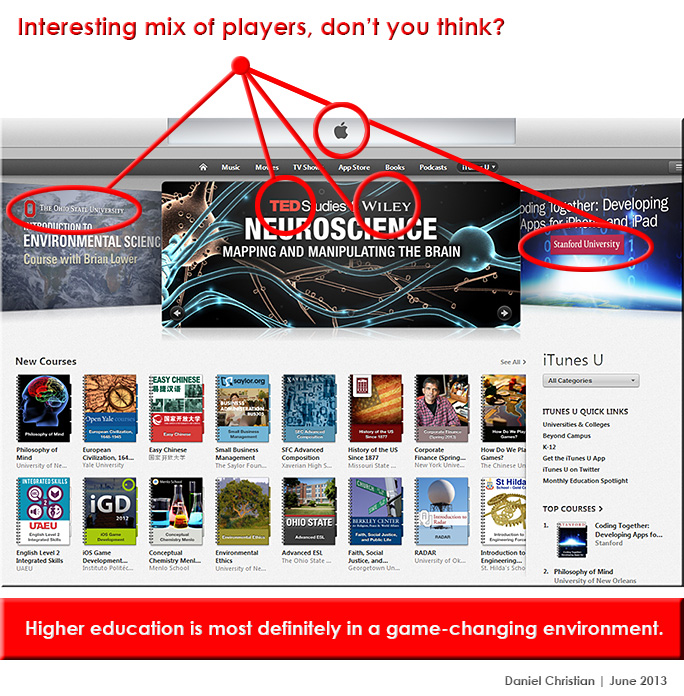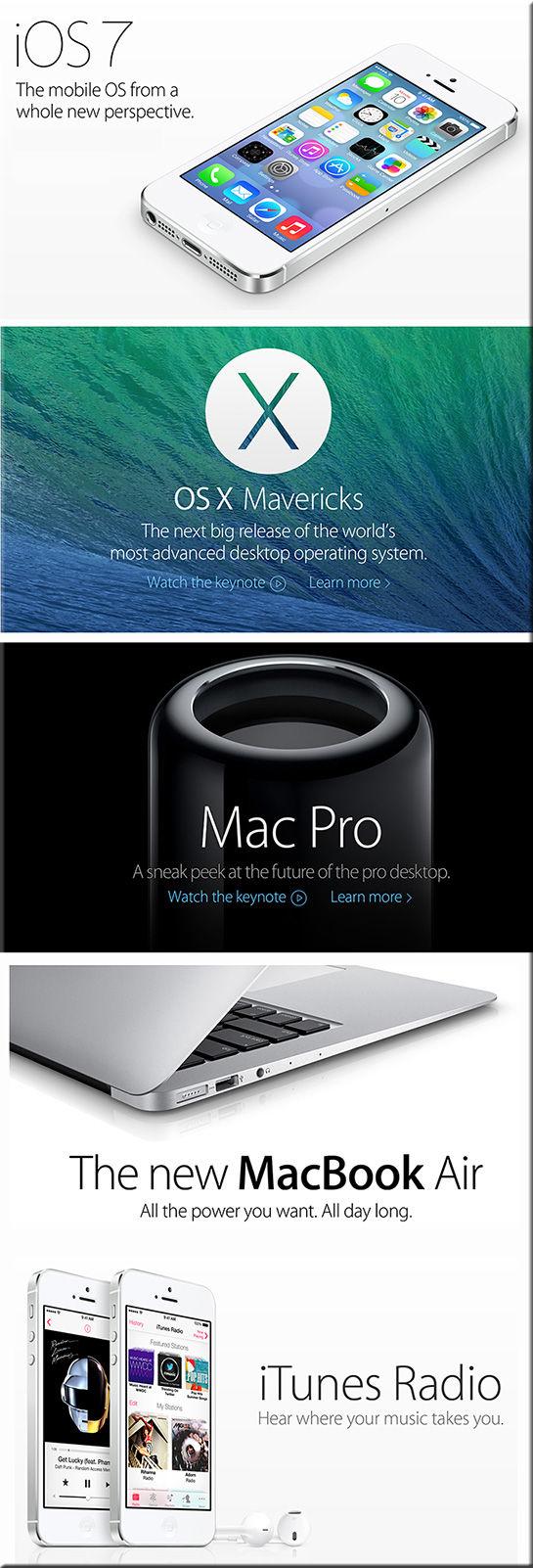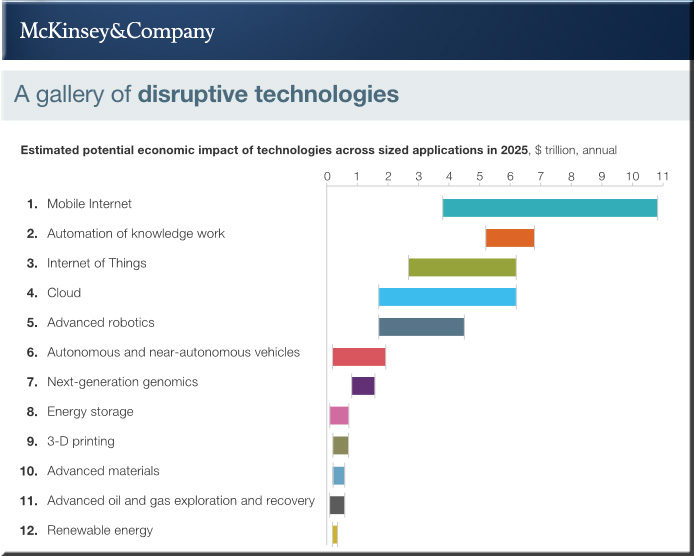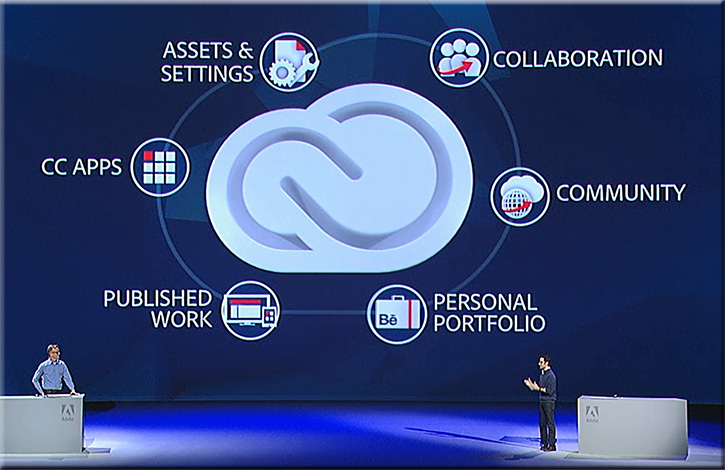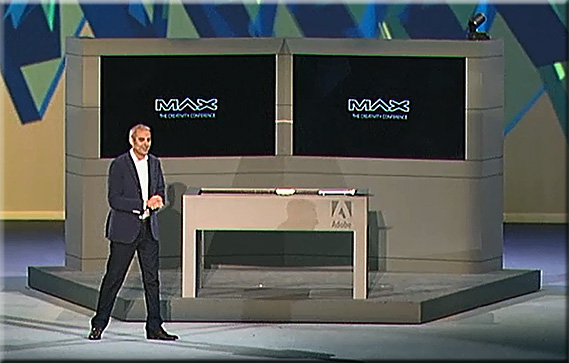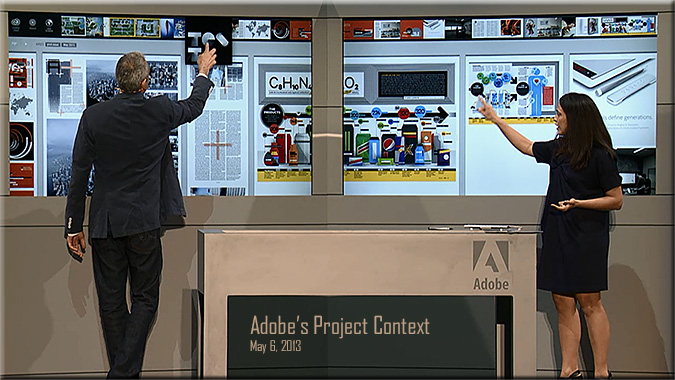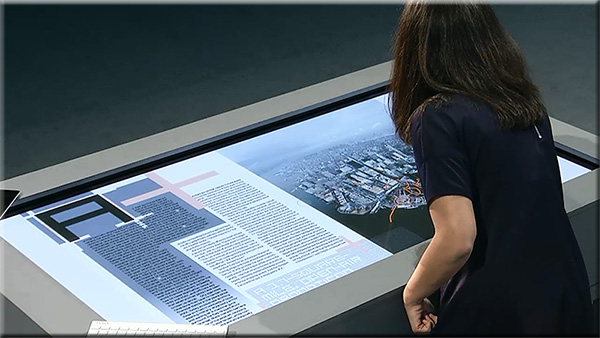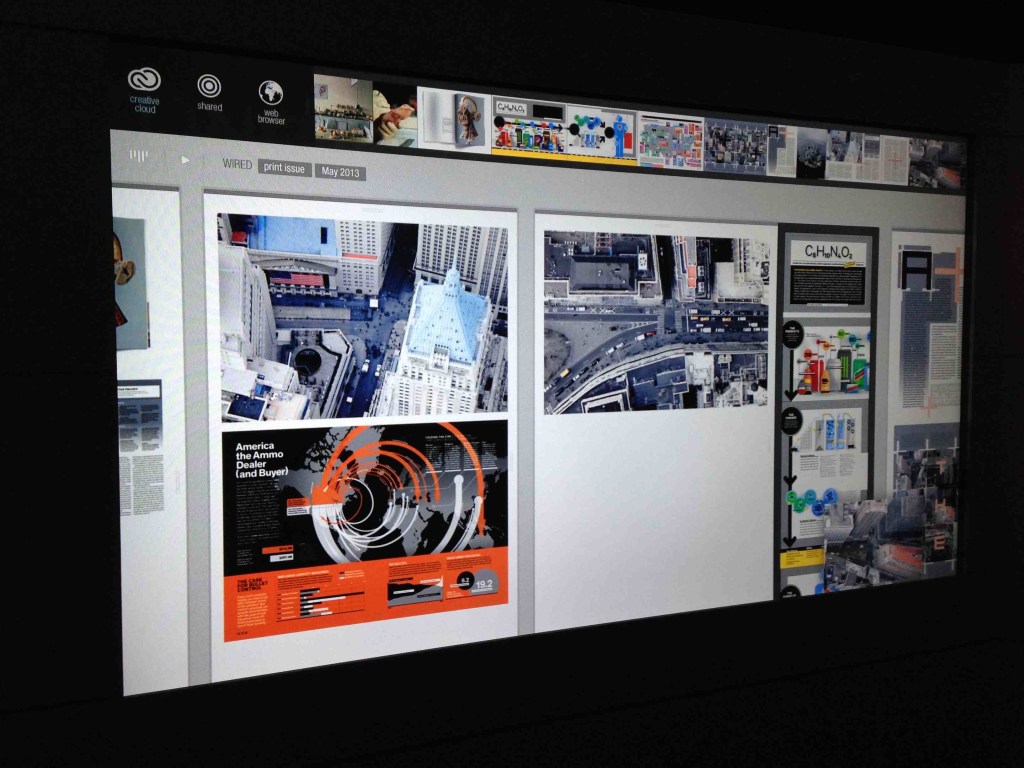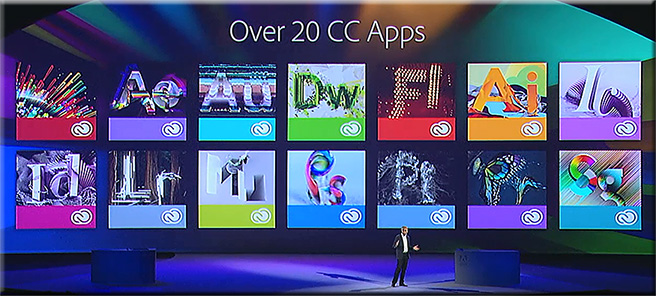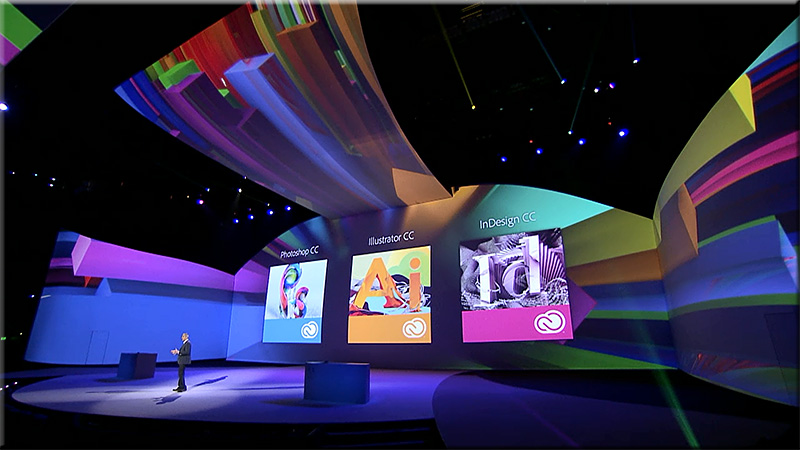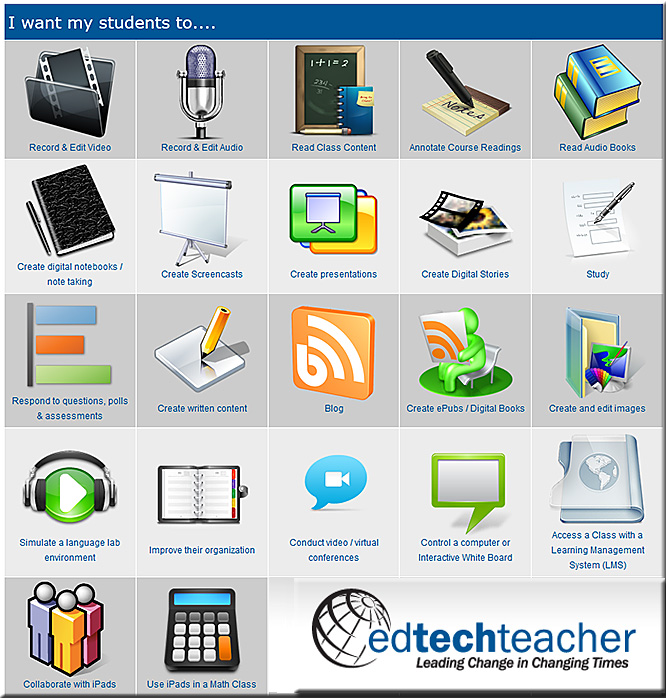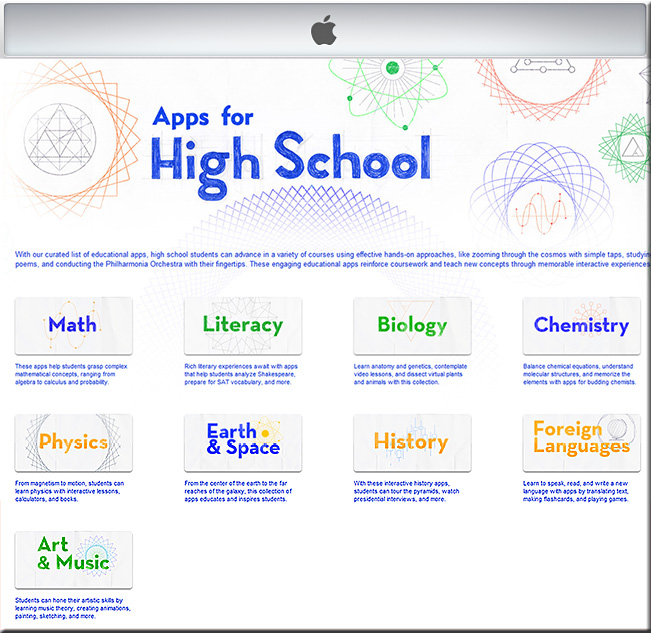In the beginning was the Word; now the Word is on an app — from nytimes.com by Amy O’Leary
.

Listeners use a Bible app during a sermon at Fellowship Missionary Baptist Church in Chicago.
Excerpt (emphasis DSC):
EDMOND, Okla. — More than 500 years after Gutenberg, the Bible is having its i-moment.
For millions of readers around the world, a wildly successful free Bible app, YouVersion, is changing how, where and when they read the Bible.
Built by LifeChurch.tv, one of the nation’s largest and most technologically advanced evangelical churches, YouVersion is part of what the church calls its “digital missions.” They include a platform for online church services and prepackaged worship videos that the church distributes free. A digital tithing system and an interactive children’s Bible are in the works.
…
This month, the app reached 100 million downloads, placing it in the company of technology start-ups like Instagram and Dropbox.










![The Living [Class] Room -- by Daniel Christian -- July 2012 -- a second device used in conjunction with a Smart/Connected TV](http://danielschristian.com/learning-ecosystems/wp-content/uploads/2012/07/The-Living-Class-Room-Daniel-S-Christian-July-2012.jpg)

